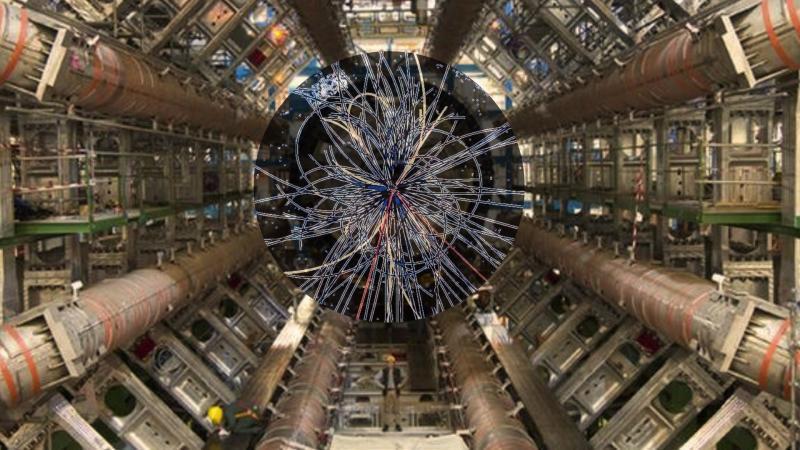
CERN Scientists Shedding Light on Antimatter & Universe’s Origins
The quest to unravel the mysteries of the universe has led scientists at CERN’s Large Hadron Collider (LHC) to a groundbreaking discovery. The ALICE collaboration has confirmed the first evidence of antihyperhelium-4, a rare and exotic particle that offers valuable insights into the fundamental forces of nature. This discovery has significant implications for our understanding of matter-antimatter balance and the early moments of the universe.
The Large Hadron Collider is a powerful tool that allows scientists to recreate the conditions that existed in the universe just a fraction of a second after the Big Bang. By colliding heavy ions at incredibly high energies, researchers can create a miniature “big bang” in the laboratory, allowing them to study the fundamental forces of nature and the behavior of particles under extreme conditions.
The ALICE collaboration, which is one of the four major experiments at the LHC, has been studying the collisions of heavy ions at the facility. Recently, the team detected the first evidence of antihyperhelium-4, a type of antimatter that is composed of two antiprotons and two antineutrons. This particle is particularly rare because it is extremely difficult to produce, requiring the collision of two heavy ions at very high energies.
The detection of antihyperhelium-4 is significant because it offers insights into the fundamental forces of nature that governed the universe in its early moments. The Big Bang theory suggests that the universe was initially a hot, dense plasma, in which matter and antimatter were created in equal amounts. However, for reasons that are still not fully understood, the universe eventually became dominated by matter, while antimatter largely disappeared.
The discovery of antihyperhelium-4 provides new evidence that supports the idea that matter and antimatter were created in equal amounts in the early universe. The particle’s existence also sheds light on the forces that governed the universe’s evolution, including the strong and weak nuclear forces, as well as the electromagnetic force.
The ALICE collaboration’s findings are based on data collected during a series of experiments at the LHC, in which the team collided lead ions at energies of 2.76 trillion electronvolts (TeV). The collisions produced a vast number of particles, including antihyperhelium-4, which was detected using sophisticated detectors and analysis techniques.
The detection of antihyperhelium-4 was confirmed using a technique called femtoscopy, which involves measuring the distance between particles produced in the collision. By analyzing the distances between the antiprotons and antineutrons that make up the antihyperhelium-4 particle, researchers were able to confirm its existence and determine its properties.
The discovery of antihyperhelium-4 is a significant milestone in the study of antimatter and the universe’s origins. The particle’s existence offers new insights into the fundamental forces of nature and the behavior of particles under extreme conditions, which can help scientists better understand the universe’s evolution and the mysteries that remain to be solved.
The ALICE collaboration’s findings are also significant because they demonstrate the power and versatility of the Large Hadron Collider. The facility has been used to study a wide range of phenomena, from the behavior of subatomic particles to the properties of dark matter and dark energy.
The discovery of antihyperhelium-4 is just the latest in a series of groundbreaking findings that have emerged from the LHC. In recent years, the facility has been used to study a range of exotic particles, including the Higgs boson, which is a fundamental particle that is responsible for giving mass to other particles.
The study of antimatter and the universe’s origins is a rapidly evolving field, and the discovery of antihyperhelium-4 is likely to be just the beginning of a new era of research and discovery. As scientists continue to explore the mysteries of the universe, they are likely to uncover new and exciting phenomena that will shed light on the fundamental forces of nature and the evolution of the universe.
Source:
https://researchmatters.in/news/exotic-antimatter-spotted-heavy-ion-collisions-lhc






